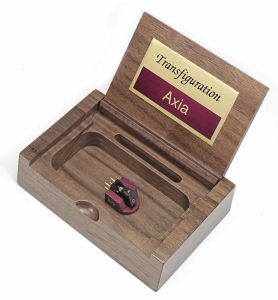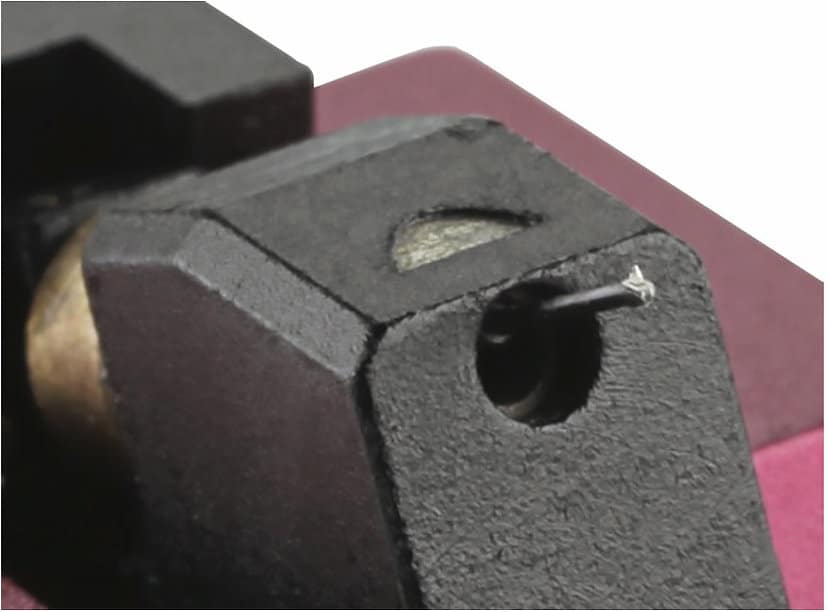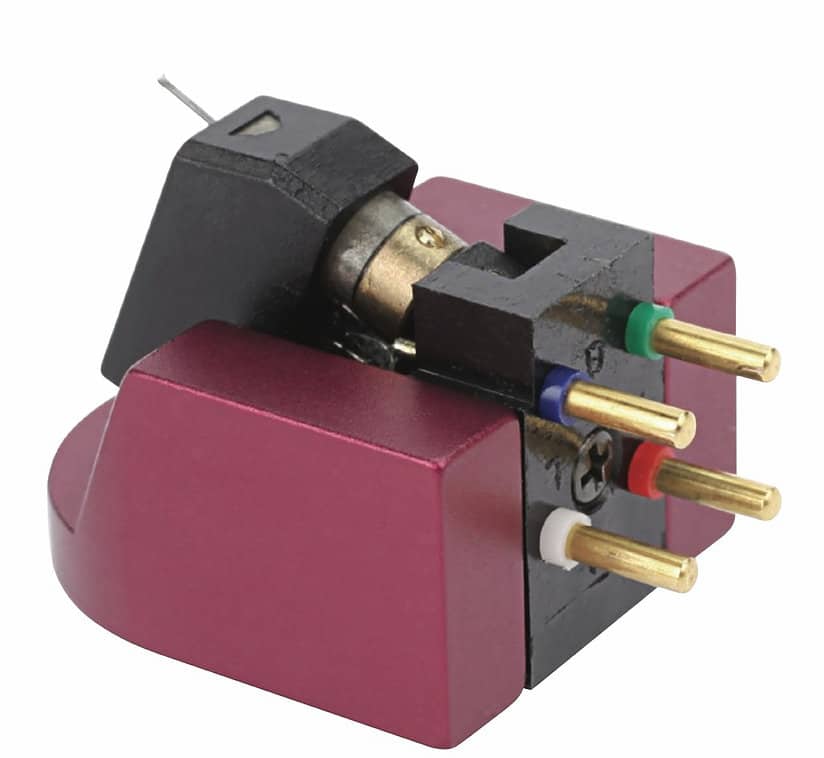The Article
Transfiguration’s Axia-S cartridge: Music, not noise
2nd July 2016
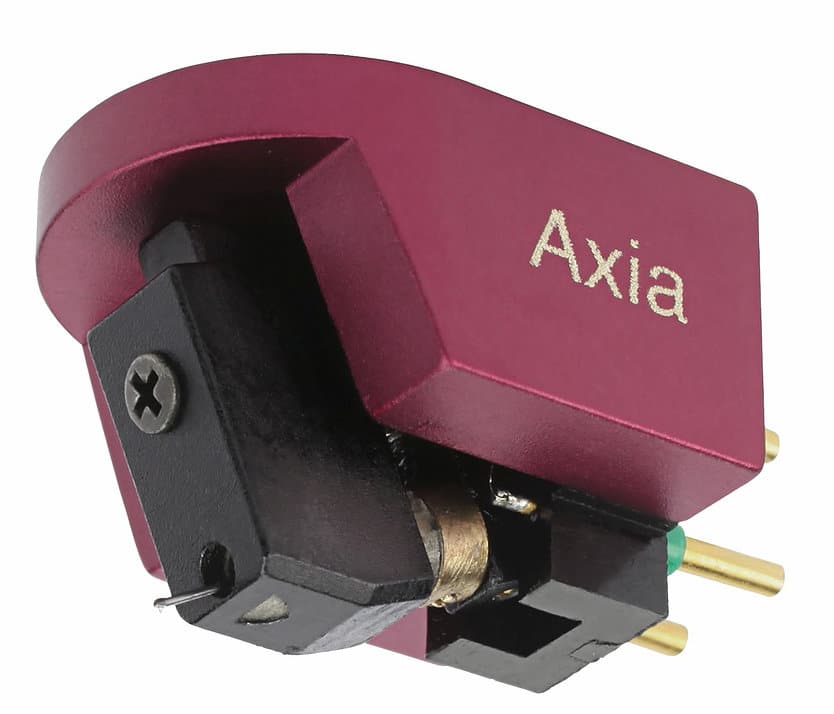
The lowest priced cartridge in the Transfiguration range, Paul Rigby reviews the
Axia S
OK, this cartridge is not exactly new but having recently reviewed the Proteus and Phoenix cartridges in the Transfiguration range, I felt that I was in the perfect position to measure the Axia S’ relative performance.
The general price point of the Axia S is rather more affordable to many serious audiophiles out there, so I also wondered if this cartridge would manage to retain many of the sonic advantages that I found in the more expensive models or whether price-bound compromises would necessarily disable many of the sonic highlights found within its illustrious brothers.
Technically, the chassis of the Axis S is machined from solid aluminium inside of which sits two yoke magnets set in a double ring configuration which means that the 5N silver soils are positioned inside the magnets. The cantilever is made from 0.3mm diameter solid boron and tipped with a 30um stylus. The instructions advise 2g of tracking force but I would recommend tweaking this figure to best suit your own set-up, you may find that your own arm/turntable combination requires a bit more or less force to really allow the Axia S to ‘click’ in sonic terms.
There have been some mentions, during early reviews of this cartridge, of tweaking the stylus ‘rake’ angle (actually this should refer to the vertical tracking angle (VTA)) of the stylus. If your set up works best with a higher than recommended tracking force (i.e. 2.1g or 2.2g) then it’s just possible that you might hear a tiny touch of mis-tracking from the cartridge, because the Axia S comes with a high VTA figure of around 30 degrees. Under these conditions, the Axia S might need a slight tweak to bring the sound back to the sweet spot again. For those happy with the tracking force figure of around 2g or less then VTA shouldn’t be a problem.
In practical terms, the cartridge installs easily enough. The cartridge has a square chassis and the cantilever is easily visible, allowing you to make fine adjustments where necessary.
The only issue I have in terms of the Axis S’ design surrounds that cantilever position. This naked cantilever hangs in the open like the leg of a performing dancer at the Folies Bergère. The problem I have isn’t so much with the Axia S itself but you. If you’re not paying attention, then the Axia S’s cantilever almost begs to be snapped off. It reminds me of installing a variant of the Benz cartridge, from Wilson Benesch, which had a similar naked cantilever to the Axia S. I was installing this cartridge and wondered, at one point, why the Wilson Benesch cartridge no longer had a cantilever. The answer? Because it was inside the end of my thumb. Impaled, as it where. Not nice. My fault, of course. A complete lack of concentration because I was already thinking about what to do next regarding that cartridge’s installation. Since then, I treat all naked cantilever-designed cartridges as if they were a rabid dog, ready to remove my arm at a moment’s notice, as it where.
Hence, I recommend that your installation of the Axia S is completed with application and caution. Don’t rush. And remove all loose clothing too: naked cantilevers are attracted to the sleeves of baggy jumpers.
SOUND QUALITY
Starting with Dakota Staton’s album ‘Round Midnight from the original Capitol release, issued in 1960, there were two distinct words that lodged straight into my brain: ‘clear’ and ‘focus’. To elaborate a tad, the song begins with a frisson of strings and a quick tootle on the clarinet before Staton enters, stage left. Both the strings but especially the clarinet are prone to blooming, especially during crescendos. At this point, this distortion effect loses the innate clarinet-like personality. Not with the Axia S. Even pushed to its limits – this early sequence shows the instrumentalist really giving the clarinet a bit of a heave – the Axia S remains in control and keeps the tone of the instrument true.
As for the ‘focus’ bit? Staton herself is naturally accurate in how she sings her songs. She sings her lyrics with a sense of respect so that, when she delivers a line, her diction is precise. It’s almost as if she thinks about each word before delivering it. If there is any lack of focus in this area then she tends to smear her words. Not like a drunkard, you understand but there’s just enough slippage to lose a touch of clarity. The Axia S is right on the money here, though, allowing Staton the opportunity to be exact and correct. In effect, the Axia S is giving you Staton’s true personality. She’s an accurate singer, so the Axia S gives you an accurate singer. There’s an honesty from the Axia S that is wholly admirable.
There are two additional but connected aspects of this song that you need to know about and they connect to a low noise presentation. Because of the low noise, the music has a better change to deliver detail to you. This insight means that the piano and the percussion, which flitter in the rear of the mix, have more of a chance of being heard. Yes, you can hear the piano on any cartridge, it’s never truly masked but, on the Axia S, there’s more of it. New notes pop up in and around the broad soundstage adding to the richness of the presentation. The delicate, treble-infused, cymbals also have a greater chance of making themselves heard and allowing their inherent fragility to be expressed.
Next? From jazz vocal to dub – a more contemporary release, Rootmasters’, Elephant Puddle (2007), featuring The Orb’s Alex Patterson and a chance for the Axia S to display its bass qualities.
I’ve listened to several cartridges around this price point and decided that this 10” of electronica mayhem with uncontrollable synth barks and smudges with bright sounding voice samples et al was just a mastering mess. The Axia S tells me that this view is just not right. Why? Because the Axia S, for the first time in my hearing experience at this price point, rolls up its sleeves and sorts of these wayward frequencies. The insight is just extraordinary at this price point, opening up midrange detail as never before, maintaining the instrumental separation between the tight, thumping bass and guitars (the latter now crunchier and nastier than ever) while the voice samples are now clear and concise. A brilliant performance, more so because it took me completely by surprise.
Taking a more orchestral point of view I then turned to the spaghetti western soundtrack, Django, from 1966 and Luis Bacalov and the minor piece of music, more mood music really, called Town of Silence.
What I liked about this track and how the Axia-S treated it was down to its low noise approach. Because of that, secondary percussion from wooden blocks and bongos allowed the rather subtle reverb to attach itself to each strike, no matter how small, adding atmosphere and depth. The twangy electric guitar also benefitted from the Axia-S’s focused approach, giving the guitar a real metallic bounce while the keening almost screeching string effects added a real tension to the soundstage.
CONCLUSION
I was prepared to like the Axia-S cartridge because I’ve heard other Transfiguration designs in the past and I’ve found them all to be excellent performers. With the Axia S, however, the company seems to have found a sweet spot in terms of price and performance, especially when you reap the advantages from its low noise design approach. The sonic benefits are quite astounding for the price, in fact. If you’ve ever had an LP in your collection that seemed to drone on a bit in the background, the type that you found your mind wandering to? Well, be prepared for the Axia S to totally reconfigure it. This cartridge demands your attention. It’s impossible not to be attracted to the new found detail and insight.
In ultimate terms, of course, the company’s Phoenix and Proteus cartridges offer superior sound quality for obvious budget and design reasons but, somehow, with the Axia S, the company has succeeded in hitting a perfect price point/performance blend. Incredibly, then, I see the Axia S as the best Transfiguration cartridge in the range and one of the best designs in its price range currently for sale on the market.
TRANSFIGURATION AXIA S MC CARTRIDGE
Price: £1,495
Website: www.decentaudio.co.uk
Tel: 05602 054669
Cartridge specifications can be found HERE.
Good: price, clarity, transparency, focus, low noise
Bad: nothing
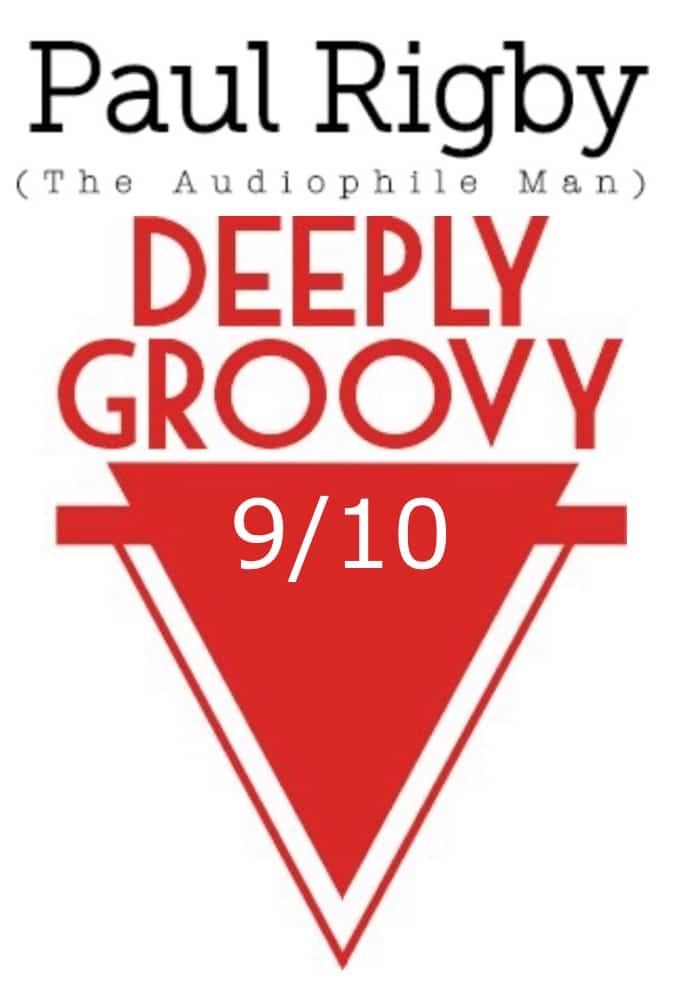
REFERENCE SYSTEM USED
Origin Live Sovereign turntable
Origin Live Enterprise 12” arm
Koetsu Black cartridge
Icon Audio PS3 phonostage
Aesthetix Calypso pre-amp
Icon Audio MB 845 Mk.II monoblocks
Quad ESL-57 speakers with One Thing mods
Vertex AQ & Atlas cabling

